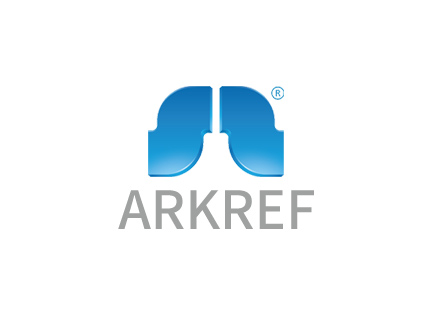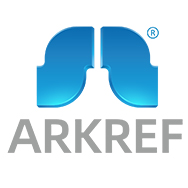Industrial Chiller Benefits You Should Know
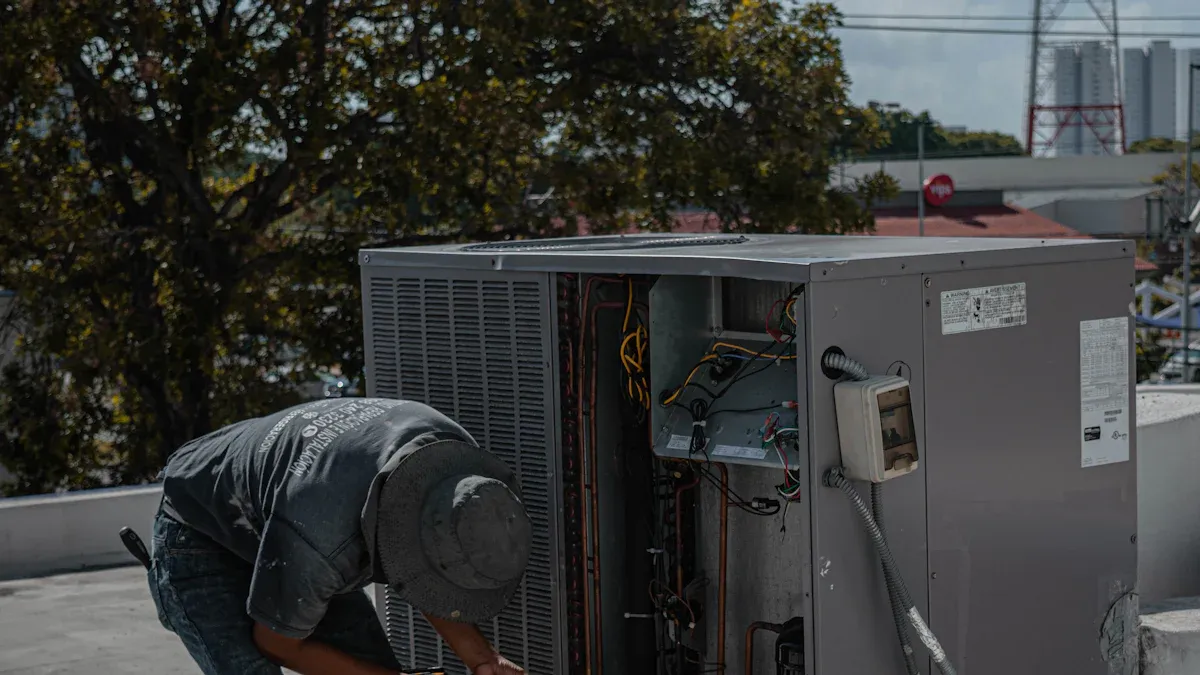
Industrial chillers help keep machines and materials at the right temperature. They remove heat to stop equipment from overheating and breaking down. These chillers are used in industries like plastics, medicine, food, drinks, and air systems.
The need for chillers is growing fast. In 2024, the market was worth $1.2 billion. By 2033, it may reach $2.5 billion, growing 9.5% yearly from 2026 to 2033. This growth comes from more automation, energy-saving needs, and stricter eco-friendly rules. Picking the right chiller saves money, boosts efficiency, and helps the environment.
Key Takeaways
Industrial chillers help keep temperatures steady in many industries. They stop machines from overheating and keep products in good condition.
Picking the right chiller—air-cooled, water-cooled, absorption, or blast—can save energy and work better for specific needs.
Taking care of chillers often can lower energy bills by 25% each year. This helps them last longer and stay eco-friendly.
Blast chillers are great for food businesses. They cool food fast, making it safer and keeping it fresh.
Using green chillers with natural coolants helps the planet and cuts pollution.
Overview of Industrial Chillers
What is an industrial chiller?
An industrial chiller is a machine that cools equipment or processes. It uses water or refrigerant to take away heat. This cooling happens in a closed system to keep temperatures steady. Chillers stop machines from overheating and help them work better. They are used in industries like factories and food production where cooling is important.
There are different types of chillers for various needs. Common ones include air-cooled, water-cooled, absorption, and blast chillers. Each type works differently and fits specific uses. Air-cooled chillers are great for outdoor spaces. Water-cooled chillers are better for places needing strong cooling power. Knowing these types helps you pick the best one for your job.
The chiller market is growing quickly. Magnetic levitation chillers made $1.12 billion in 2024. By 2033, they might make $2.45 billion. This shows more people want energy-saving and eco-friendly cooling options.
Common applications of industrial chillers
Industrial chillers are important in many fields. In factories, they improve accuracy and dependability. For example, one company made better machine parts by using a central coolant chiller. Another company in Delhi made surgical tools faster with better cooling systems.
Chillers are also used in food, medicine, and data centers. Data centers need chillers to cool down hot servers. Meta spent $5 billion on a data center, showing the need for good cooling. Modular chillers use green refrigerants, meeting eco-friendly rules and goals.
Industrial chillers are useful in many industries. Whether in a factory or a data center, they keep things cool and running well.
Types of Industrial Chillers and Their Features
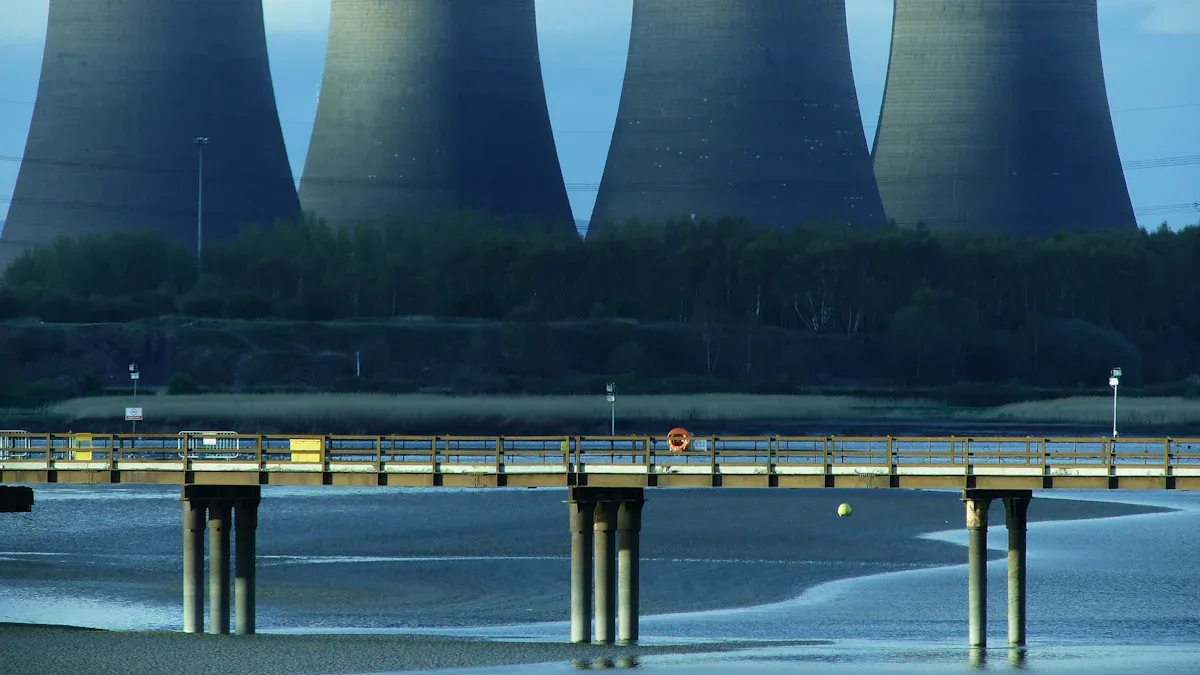
Air-cooled chillers: Features and benefits
Air-cooled chillers use fans to cool the refrigerant. They work well outdoors where water is scarce. These chillers provide steady cooling for moderate heat levels. Their small size makes them simple to set up and maintain. They don’t need water pipes, which lowers setup costs.
A big advantage is their ability to work in hot areas. Industries like plastics and food processing often use them. For example, a blast chiller can quickly cool food to keep it fresh. These chillers save energy by using smart fan systems to improve airflow.
Tip: Choose air-cooled chillers if your facility lacks water or needs portable cooling.
Water-cooled chillers: Features and benefits
Water-cooled chillers use water to absorb and move heat. They are great for large operations needing exact temperature control. Industries like data centers and car manufacturing use them often. They handle heavy cooling needs efficiently.
These chillers remove heat better than air-cooled ones. They support high rack densities, over 100 kW per rack. They also help reuse energy, making them eco-friendly. For example, the heat they remove can be used elsewhere, saving energy.
Metric | Water-Cooled Chillers | Traditional Air Cooling |
|---|---|---|
Heat Removal Capability | Better | Limited |
Maximum Rack Density | Over 100 kW per rack | Under 100 kW per rack |
Energy Reuse Potential | High | Low |
Sustainability Impact | Positive | Negative |
Note: Water-cooled chillers need a steady water supply and regular care to avoid damage.
Absorption chillers: Features and benefits
Absorption chillers use heat instead of electricity to cool. They are eco-friendly and work well with waste heat or renewable energy. Industries like power plants and medicine use them often.
These chillers lower energy costs and are better for the planet. They use natural refrigerants like water and lithium bromide. They are quiet and don’t vibrate much, making them good for delicate tasks. For example, an absorption blast chiller can cool precisely without using much electricity.
Key Advantage | Best For | |
|---|---|---|
Hydraulic Oil Chillers | Protects hydraulic parts and keeps systems accurate. | Hydraulic presses, injection molding machines, automotive stamping. |
Coolant Chillers | Improves tool life and surface quality. | CNC machining centers, cutting and grinding tools. |
Water Chillers | Works with most water-cooled setups. | Spindle cooling, laser cutting machines, multi-machine setups. |
Dip-In Chiller | Easy to use with few changes needed. | Small to medium-sized concentrated areas. |
Stand Alone Chiller | Cools key equipment without affecting other systems. | Individual laser, electronics CNC, or grinding machines. |
Tip: Absorption chillers are ideal for facilities focused on sustainability and using waste heat.
Blast chillers: Features and benefits
A blast chiller cools food or products very quickly. It keeps items fresh, tasty, and full of nutrients. These chillers are used in food factories, catering, and medicine. They help keep products in good condition.
One key feature is blast freezing, which freezes items fast. This locks in their quality and texture. For example, bakeries use them to cool bread quickly. This stops moisture loss and keeps bread soft. Seafood companies use blast freezing to keep fish fresh and tasty.
Blast chillers let you control the temperature exactly. You can set cooling levels for different items. This makes them great for handling cooked meals or raw ingredients. Special freezer blast chillers work for extreme cooling needs. They are perfect for busy places.
Another benefit is energy savings. Quick cooling uses less energy than regular refrigeration. This lowers costs and helps the environment. Many blast chillers have smart settings to save even more energy.
Blast chillers also improve food safety. They cool food fast, keeping it out of the "danger zone" (40°F to 140°F). This stops bacteria from growing. This is very important in kitchens and food factories.
Blast chillers are useful in many industries. Caterers use them to prepare meals early without losing flavor. Medicine makers use them to protect sensitive drugs. Whether for food or medicine, blast chillers make work easier and better.
Tip: Use a blast chiller to cool food or products fast. It’s a smart way to keep items safe and high-quality.
Feature | Benefit |
|---|---|
Rapid cooling | Keeps items fresh and saves time. |
Blast freezing | Freezes items fast to lock in quality. |
Precise temperature control | Adjusts cooling for different products. |
Energy efficiency | Saves money and helps the planet. |
Food safety | Stops bacteria growth by cooling quickly. |
Blast chillers are more than cooling machines. They help businesses stay efficient, safe, and high-quality. Adding one to your setup can improve your work and meet modern needs.
Key Benefits of Using Industrial Chillers
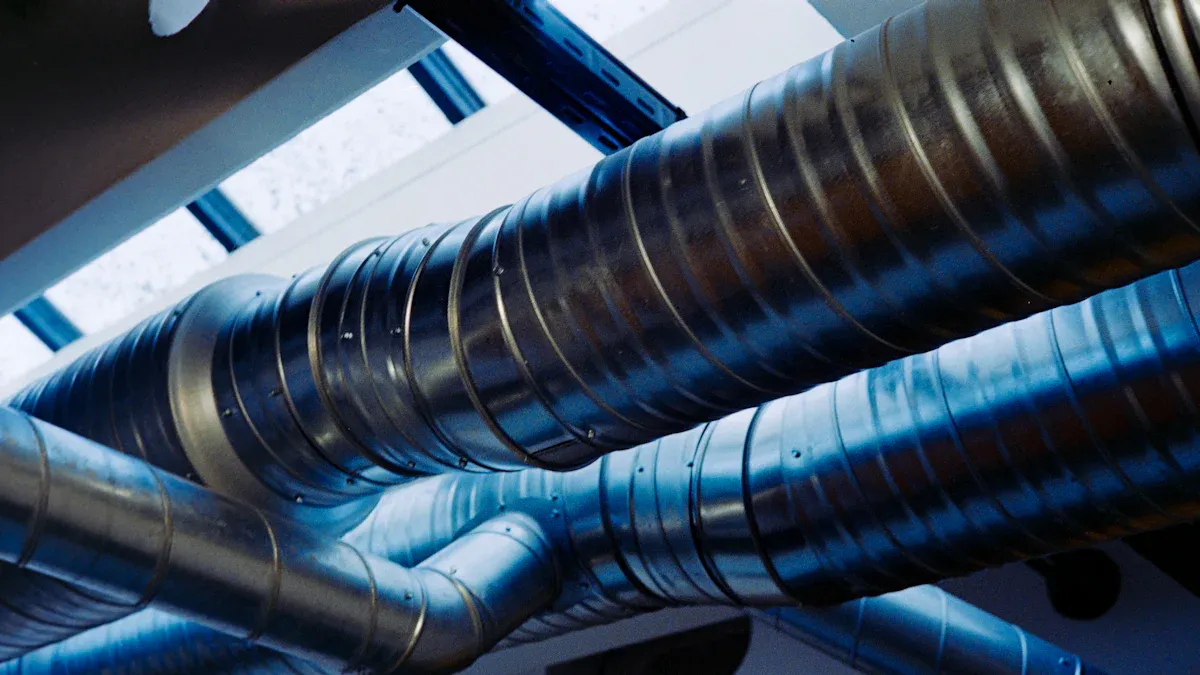
Energy efficiency and cost savings
Industrial chillers save energy and cut costs. Modern chillers use less power, lowering bills. Well-kept chillers work efficiently, using 0.55 to 0.60 kW per ton. Poorly maintained ones use up to 1.0 kW per ton, raising energy costs by 20–25%. Regular care stops energy waste, saving up to 25% yearly. New chillers with better insulation and flow systems use 30% less power than older models from 15 years ago.
Efficient chillers also help restaurants and kitchens work better. They cool quickly, keeping food fresh and safe. This saves money and meets hygiene rules.
Tip: Take care of your chiller to save energy and money.
Enhanced process reliability and performance
Industrial chillers keep temperatures steady, improving reliability. In CNC machining, they stop tools from wearing out and keep sizes accurate. TEYU chillers cool CNC machines and lasers, making them last longer and work better.
Precise cooling is key in kitchens and catering. Blast chillers cool food fast, keeping it fresh and safe. They stop bacteria by cooling quickly. Reliable chillers also help keep food quality steady during cooking and storage.
Note: Use chillers for CNC or laser work to improve accuracy and reliability.
Environmental benefits and sustainability
Industrial chillers help the planet by using less energy. Absorption chillers use heat instead of electricity, cutting costs and pollution. Many new chillers use natural refrigerants, which are safer for the environment.
Blast chillers also support eco-friendly goals. They use less power and cool food fast, stopping waste. This helps save resources and keeps food safe.
Callout: Pick chillers with green refrigerants to protect the planet and lower your carbon footprint.
Choosing the Right Industrial Chiller
Factors to consider when selecting a chiller
Picking the right chiller needs careful thought about its features and performance. Make sure it fits your project needs and works well with your current systems. Good efficiency helps lower energy bills and keeps cooling steady.
When choosing a chiller, think about these steps:
Test the system fully before using it.
Improve efficiency during setup and testing.
Follow safety rules for workers and helpers.
Check for manuals and reports after installation.
Confirm factory-recommended tests and care plans.
Training your team to use and maintain the chiller is very important. Proper training helps the chiller work better and last longer. For instance, a well-kept chiller can cut energy costs by 25% each year.
Tip: Pick chillers with strong quality checks to meet needs and perform well.
Matching chiller types to industrial needs
Choosing the right chiller type for your work boosts cooling and productivity. Each type has special features for different jobs.
Air-cooled chillers
These chillers are great for outdoor areas with little water. They are best for medium cooling needs in industries like food and plastics. Their small size makes them easy to set up and care for.
Water-cooled chillers
Water-cooled chillers are perfect for big jobs needing exact cooling. They are often used in car factories and data centers. They handle heavy cooling tasks and are very reliable.
Absorption chillers
Absorption chillers use heat instead of electricity, saving energy and being eco-friendly. They are great for places using waste heat or renewable energy. Industries like medicine and power plants like their quiet and green design.
Blast chillers
Blast chillers are key for keeping food safe and fresh. They cool food fast, stopping bacteria and keeping quality. Food makers and caterers depend on them for high standards in food storage and prep.
Callout: Choose a chiller based on your cooling needs, work size, and eco goals. For example, blast chillers are great for food jobs, while water-cooled ones fit big factories.
Picking the right chiller improves efficiency and keeps products high-quality. Whether cooling food, machines, or materials, the right choice matters.
Industrial chillers are made for different cooling needs. Air-cooled chillers work outside where water is hard to find. Water-cooled chillers are great for big jobs needing exact cooling. Absorption chillers use heat, not electricity, to save energy. Blast chillers cool food fast to keep it safe and fresh.
Think about what your cooling needs are. Look at energy savings and eco-friendly goals. For example, blast chillers cut waste while keeping food fresh. Picking the right chiller helps things run smoothly and keeps quality high.
Tip: Pick a chiller that fits your work’s cooling needs and green goals.
FAQ
What industries benefit the most from industrial chillers?
Industrial chillers are used in many industries like food, plastics, medicine, and data centers. They keep temperatures steady, improving product quality and machine performance. For example, food factories use blast chillers to keep food fresh. Data centers use water-cooled chillers to stop servers from overheating.
How do I maintain an industrial chiller for optimal performance?
To keep a chiller working well, clean filters and check refrigerant levels. Look for worn-out parts and fix them early. Regular care can lower energy bills by 25% each year and make the chiller last longer.
Tip: Use the manufacturer’s guide to maintain your chiller properly.
Are industrial chillers environmentally friendly?
Modern chillers are often eco-friendly. They use less energy and green refrigerants. Absorption chillers use waste heat instead of electricity, cutting pollution. Picking a chiller with eco-friendly refrigerants helps meet green goals and reduces harm to the planet.
What is the difference between air-cooled and water-cooled chillers?
Air-cooled chillers use fans to cool and work well outdoors where water is scarce. Water-cooled chillers use water to cool and are better for big jobs needing exact cooling.
Note: Water-cooled chillers need a steady water supply and regular care.
How do I choose the right chiller for my needs?
Think about your cooling needs, energy goals, and resources. Air-cooled chillers are good for outdoor spaces. Water-cooled chillers are better for heavy cooling tasks. Match the chiller type to your industry’s needs for the best results.
Callout: Ask an expert to help you pick the right chiller.
See Also
Choosing The Right Industrial Water Chiller Units Effectively
Proven Strategies To Maximize Walk-In Chiller Performance
Improving Industrial Cooling Using ARKREF CO₂ Refrigeration Solutions
Important Factors When Choosing An Industrial Tube Ice Maker
